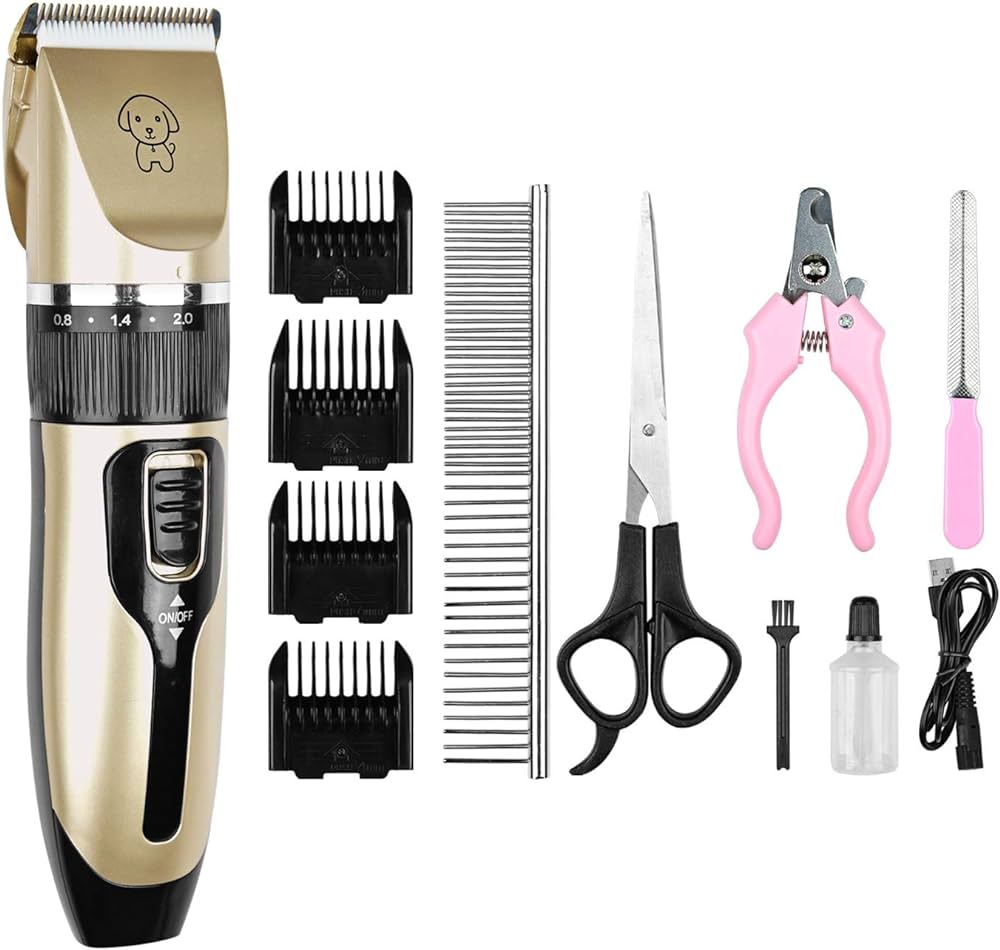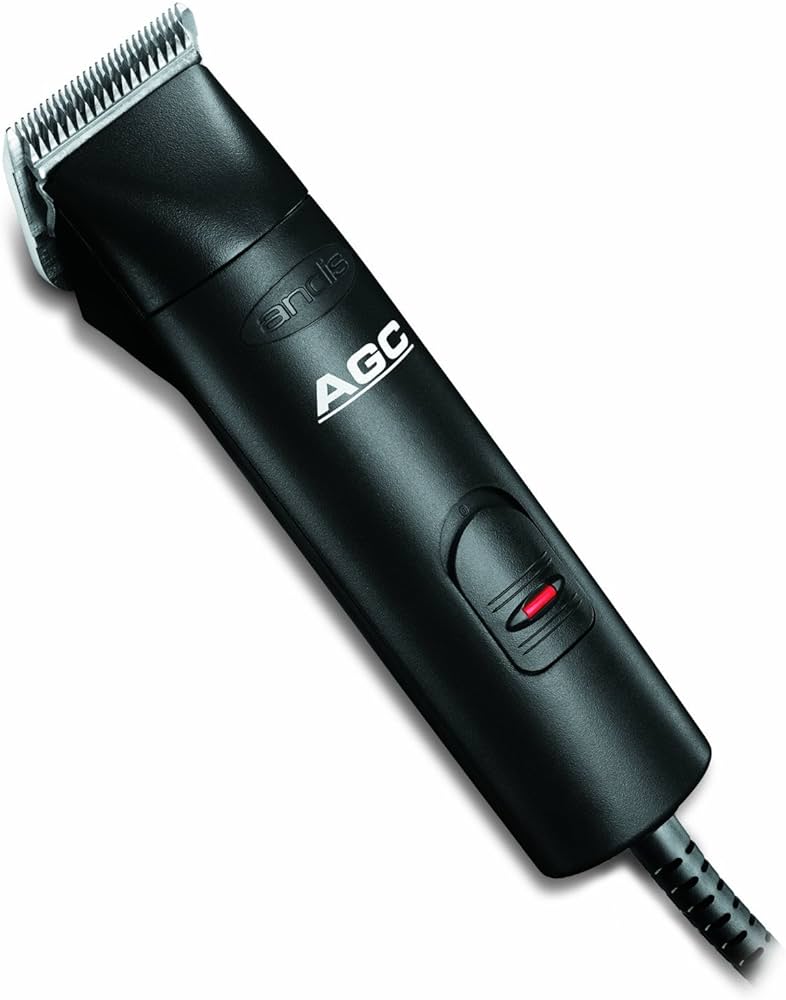Introduction
Using clippers for hair cutting or grooming purposes can be a convenient and efficient method. However, one common issue that many individuals encounter is clippers pulling or tugging at the hair instead of smoothly cutting it. This can be frustrating and uncomfortable. In this article, we will explore the reasons behind clippers pulling hair and provide specific details and solutions to address this issue.

Why are my clippers pulling hair?
Dull Blades
One of the primary causes of clippers pulling hair is dull blades. Over time, the blades of clippers can become dull due to repetitive use. Dull blades struggle to cut through the hair smoothly, resulting in pulling or tugging sensations. Here are some key points to consider:
Blade Maintenance: Regular maintenance of your clippers is crucial to ensure sharp and efficient cutting. Sharpening or replacing the blades as needed will help prevent them from becoming dull and reduce the chances of hair pulling.
Blade Lubrication: Proper lubrication of the blades is important for smooth and effortless cutting. Apply a small amount of clipper oil to the blades before each use to ensure optimal performance.
Blade Alignment: Incorrect blade alignment can also contribute to hair pulling. Make sure the blades are properly aligned and securely fastened to prevent any misaligned cutting edges.
Hair Length and Texture
The length and texture of the hair being cut can also affect how clippers perform. Certain hair types or longer hair may be more prone to hair pulling. Consider the following:
Longer Hair: Clippers may struggle to cut smoothly through longer hair, especially if the blades are not properly maintained or sharpened. Trimming longer hair in smaller sections or using scissors to shorten it before using clippers can help reduce pulling.
Thick or Coarse Hair: Hair with a thicker or coarser texture can also pose challenges for clippers. These hair types may require more passes or slower movement to achieve a smoother cut. Additionally, using clipper attachments or guards can help control the cutting and minimize pulling.
Wet or Damp Hair: Cutting wet or damp hair can lead to more pulling or tugging sensations. It is generally recommended to ensure hair is thoroughly dry before using clippers to achieve better cutting performance.
Incorrect Technique
Using clippers with an incorrect technique can contribute to hair pulling. Proper technique and handling of the clippers can help ensure smoother and more comfortable cutting. Consider the following:
Steady Hand: Maintain a steady hand while using clippers. Shaking or jerky movements can cause the blades to catch and pull the hair. Take your time and use controlled and even strokes for a smoother cutting experience.
Against the Grain: Cutting against the natural direction of hair growth can sometimes lead to pulling. Try to follow the natural flow of the hair when using clippers to minimize the chances of pulling.
Proper Guard Attachments: Using the appropriate guard attachment for the desired hair length can make a significant difference in reducing hair pulling. Ensure the guard is securely attached and that the hair is evenly distributed within it for more effective cutting.
Maintenance and Cleaning
Proper maintenance and cleaning of clippers are essential for optimal performance. Neglecting maintenance can lead to accumulation of hair, debris, and product buildup, which can affect the cutting performance and contribute to hair pulling. Here are some maintenance tips:
Regular Cleaning: After each use, remove the blade attachment and clean any hair or debris that may have accumulated. Use a small brush or toothbrush to gently clean hard-to-reach areas.
Lubrication: Apply a few drops of clipper oil to the blades after cleaning to ensure smooth movement and reduce friction. This helps maintain the blades’ cutting efficiency and reduces the chances of hair pulling.
Regular Inspection: Regularly inspect the clippers for any signs of wear, damage, or misalignment. Address any issues promptly, such as replacing worn parts or tightening loose screws, to maintain optimal cutting performance.
Blade Heat
Excessive heat generated by the clippers can also contribute to hair pulling. The heat can cause the hair to stick to the blades, resulting in pulling or discomfort. Consider the following:
Cool Down Periods: If you notice the blades becoming hot during use, take short breaks to allow them to cool down. This can help prevent the hair from sticking to the blades and reduce the chances of pulling.
Proper Airflow: Ensure that the clipper vents are not blocked or obstructed, as this can contribute to heat buildup. Keep the vents clean and free from hair or debris to maintain proper airflow and prevent excessive heat generation.
Consider Professional Assistance
If you have tried various solutions and are still experiencing hair pulling with your clippers, it may be beneficial to seek professional assistance. A barber or a hairstylist can assess the condition of your clippers, provide guidance on proper technique, and offer recommendations for potential solutions.
Conclusion
Hair pulling while using clippers can be a frustrating and uncomfortable experience. By understanding the causes of hair pulling and implementing appropriate solutions, you can improve the cutting experience and achieve smoother results. Regular maintenance, including blade sharpening, lubrication, proper technique, and consideration of hair length and texture, are key factors in reducing hair pulling. Remember to take your time, use controlled movements, and prioritize proper maintenance to maximize the effectiveness and comfort of your clippers.

Leave a Reply